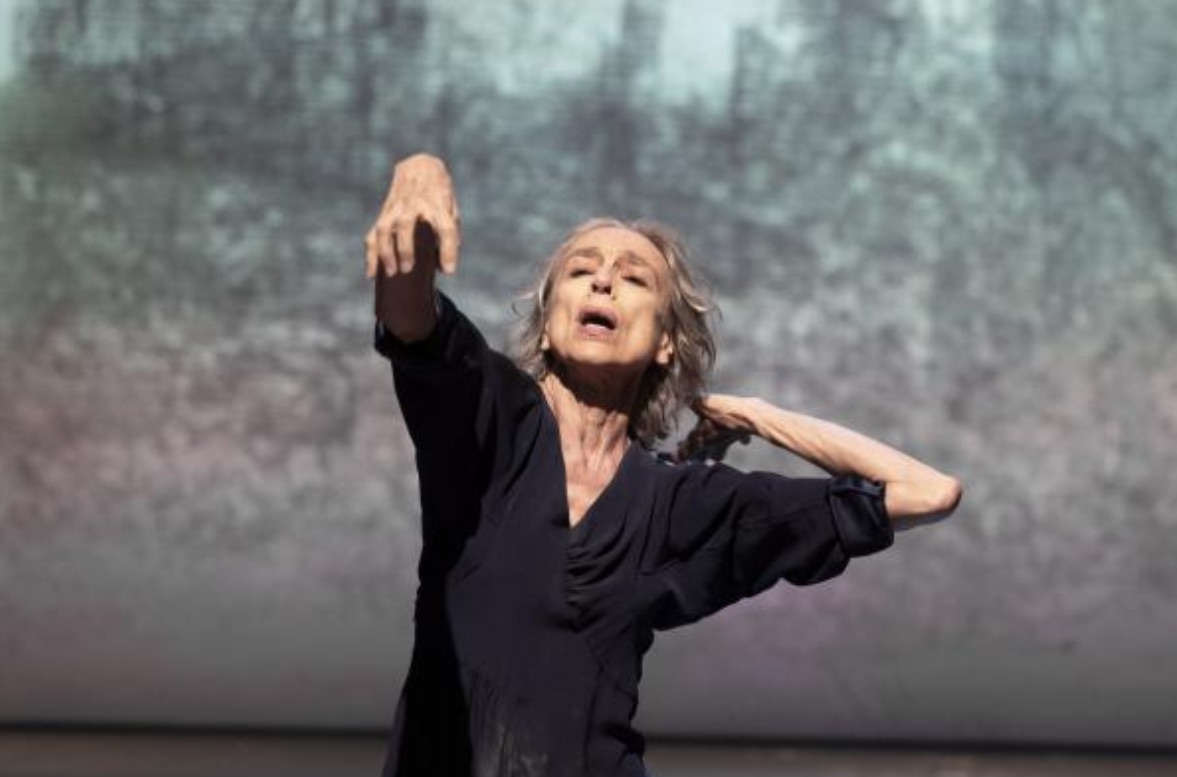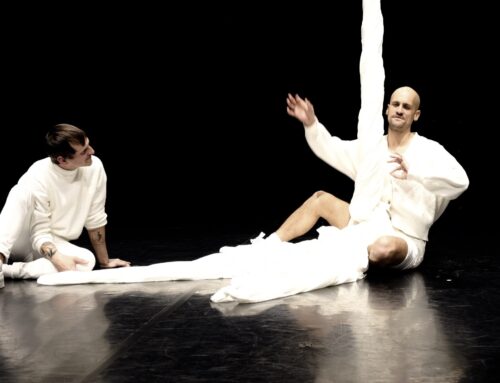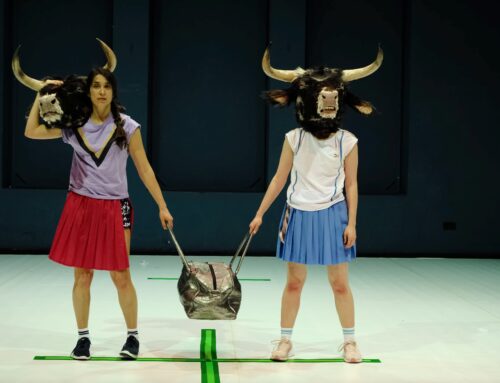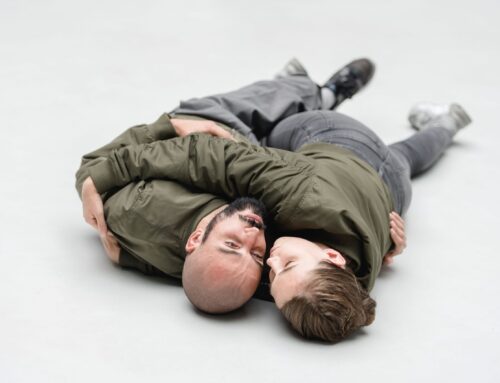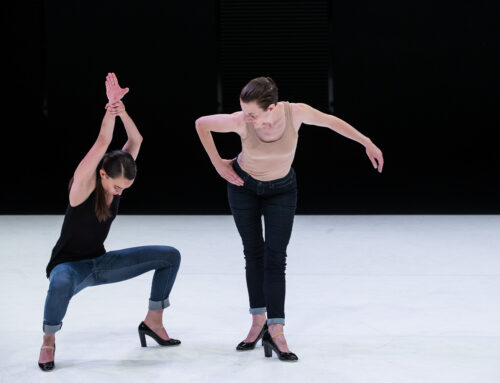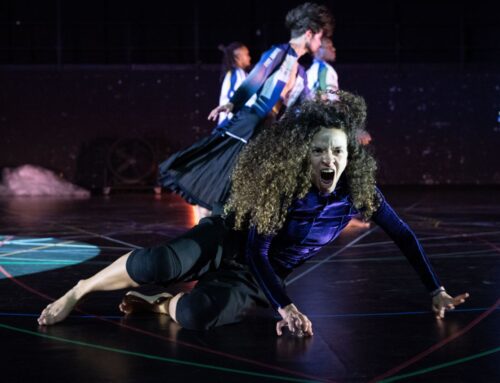„C’est lent, c’est lourd, c’est à l’allemand….“
(that’s slow, that’s heavy, that’s German…).
said Boris Charmatz, the new intendant and artistic director of the Tanztheater Wuppertal Pina Bausch, on 30 June in Montpellier, when discussing the practice of re-staging the plays of the German dance theatre icon. The occasion was a „round table discussion“ on the topic: „de la fidélité à la trahison, un positionnement délicat…“ (from fidelity to betrayal, a delicate positioning…).
Seen online by Klaus Dilger
According to the programme, the discussion, conceived by the French journalist Laura Cappelle, was about „The … reflection … on the process of re-performing works and, in particular, on the strategies that choreographers, accompanists and interpreters use in the face of the sources available to them. What room for manoeuvre does each think is right with regard to the original work, which can be preserved in very different forms? How do choreographers think about fidelity to a work that is their own but from which they may have moved away artistically over time? Sometimes, when choreographers are not present, can we speak of a „betrayal“ of the style or spirit of a work? What role do new performers play in transforming a work for a new audience, and is there a need to reinvent certain aspects of works to ensure a better reception by new generations?“
A total of three „round tables“ had been scheduled, „From loyalty to betrayal…“, on the fourteenth anniversary of Pina Bausch’s death. Of course, it was not only about Wuppertal.
If this day sensitised people to a topic that is of particular concern to all those who still worked with the choreographer themselves and in part helped to develop the pieces, but also to those who currently pass them on or dance them and also to those who have known and studied her works for a long time or will also see them for the first time, then one might have expected a larger number of company dancers in the audience or on the podium – in vain.

Boris Charmatz_Screenshot-Table-Ronde@Montpellier-Danse
There is a fine line between a danced shell and a breathing work of art. –
The topic led us to expect exciting discussions, but most of them failed to materialise or did not find their way from the heads of the discussants into the spoken word.
When this did happen, it was mainly thanks to Anne Martin, for many years one of Pina Bausch’s formative protagonists, who had to contradict Boris Charmatz a few times, without any pathos, very precisely and with surprisingly few words and gestures, and explain what Pina Bausch’s works are all about and how they are constructed.
To see the new director of Wuppertal, who described the (previous) methodology of rehearsing Pina Bausch’s works as „c’est lent, c’est lourd, c’est à l’allemand…“ (it’s slow, it’s hard, it’s German…). ), largely clueless about the depth and structure of the German choreographer’s works, may have surprised few in France, given the reception to his appointment two years ago, but these words do not bode well for the future of Pina Bausch’s works at the highest, original level. The same goes for the examples Charmatz gave of his „… I come more from the wilder corner…“. Means HERE slow, heavy methodology of the German kind, – THERE French charm and lightness?
It may be true in individual cases that in the event of an accident or illness a dancer has to be replaced quickly and the appropriate role worked out in a very short time, as in the case of Letizia Galloni, led by Charmatz, who had to step in unexpectedly in VOLLMOND. Not so, however, with Simon Le Borgne, who was memorably the only dancer from the current ensemble present as an audience member: he only had eight days to rehearse „Palermo Palermo“ (Why, actually? and he was immediately invited by Charmatz to speak) – we reported on the result from our point of view: „When Palermo Palermo was still Palermo Palermo“.
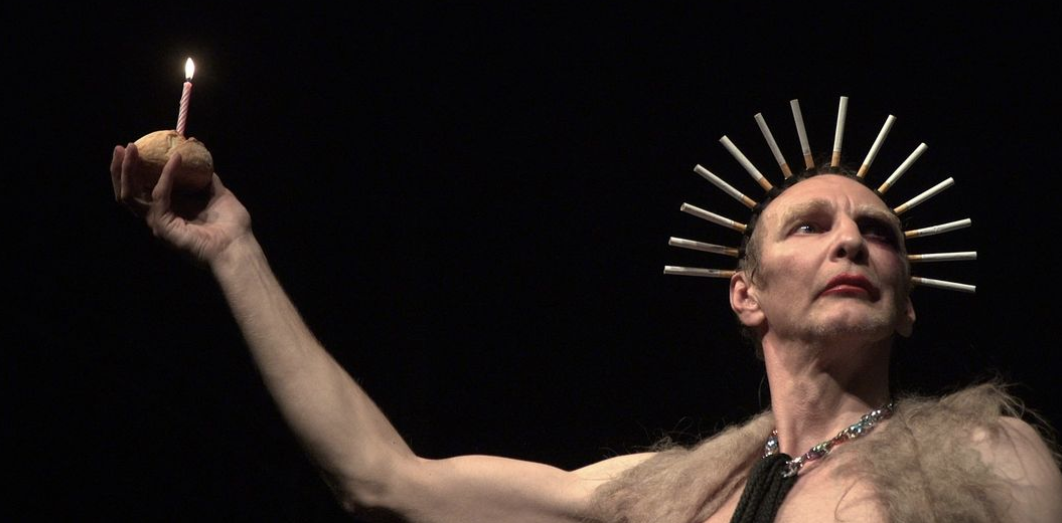
PALERMO-PALERMO_Pina-Bausch©TANZweb.org_Klaus-Dilge
But Anne Martin gave an idea of the dimensions that Pina Bausch had actually explored and created with her dancers, her companions and her preparers. She had not left out her own very painful experiences, such as when Pina Bausch no longer wanted to cast her in the role she had coined in „Nelken“ because of her weight gain due to pregnancy, because she no longer embodied this thin woman with the accordion. It was much later that she realised that Pina Bausch had always seen far more, …huge landscapes of movement, colour, music, form, instead of stringing together individual roles. Hans Züllig had once told her that Pina created danced symphonies, and in doing so, with just a few gestures, she drew a multi-dimensional creation of virtual scores in the air, which circled around each other and penetrated each other in dance….
… Charmatz, who had mused about this, probably somewhat populistically, that he would probably have liked to cast the pregnant woman with the accordion, even though his rehearsal directors would always say that it had to be a long, thin woman, she replied: …even great symphonies are recorded and interpreted over and over again by the orchestras of the world, but „the voice of a clarinet is always played by a clarinet…“ and for Pina, she said, they were these instruments with which and through which she composed „her symphonies…“
…It took her a long time to understand, even though she worked very closely with Pina Bausch, that in her productions, beyond the roles in Pina’s pieces, everything belongs exactly in the place she had assigned to these elements. – Seen in this way and with this temporal horizon, much hope remains and who knows…?
But Anne Martin is a great artist… full stop, full stop.
Charmatz probably has more of a new audience in mind who have never seen the works of Pina Bausch. A legitimate question. But what if they are only presented with the aforementioned danced shells instead of the breathing works of art? And quite elementary, this was also asked in the round table discussion, when does someone say stop and who? Is the Pina Bausch Foundation watching over the danced shells, which are recorded on hundreds of videos and other documents and are legally verifiable, or is it watching over Pina Bausch’s artworks with all their non-material and thus non-justifiable components?
The recording of the round table in French is available HERE from the colleagues of „DANSE-canal historique“.
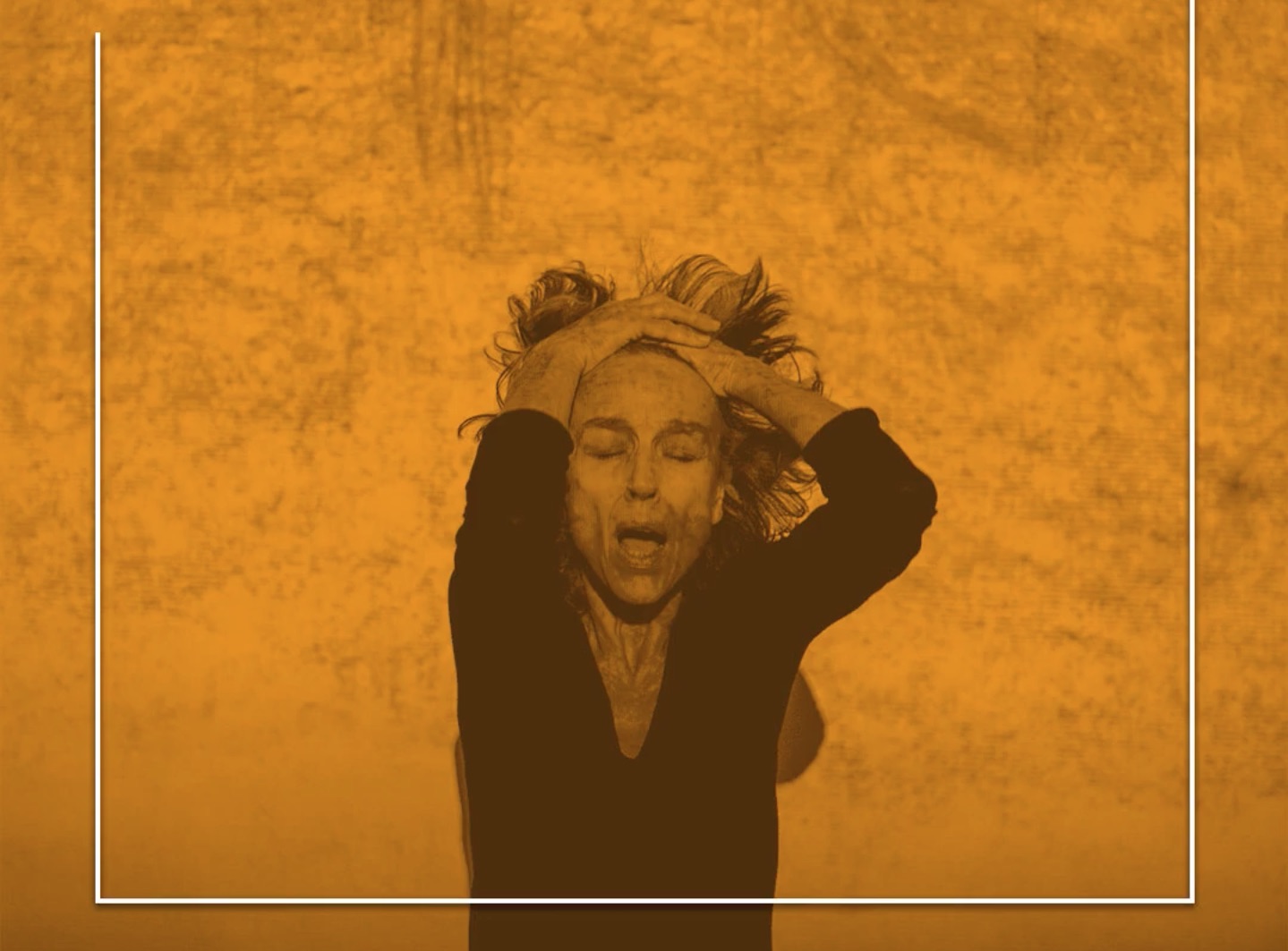
Anne Martin_Umwandlungen@MontpellierDanse
We also strongly recommend HERE the two-part interview with Anne Martin, on the website of the PINA BAUSCH FOUNDATION, which Ricardo Viviani conducted with her in the former Schauspielhaus in Wuppertal in 2019.

